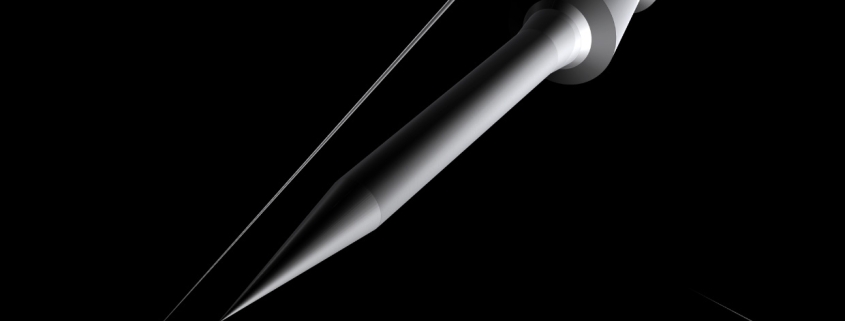ETHEREAL FORMS
OF MATERIAL WRITING
Silvia Hell
STATEMENT
Silvia Hell practices forms of material writing by creating visual languages that translates ideas into objects, histories into sculptures, and words into shapes. By conceiving a particular measurement technique, she sculpturally interprets a text, creating a solid extension of each words that contains it. In her work Thesis, Antithesis, Synthesis (2013), Silvia Hell implements a predetermined process of designating a spatial development for each word contained in the title of the piece. Thus, in this sense, the artist challenges traditional models of text interpretation by establishing a particular methodology through which she is conceptualizing with forms and writing with materials. This practice of writing with materials becomes ethereal in a Derridean sense, by reflecting upon the presence of writing in terms of a generalized absence: as a system of “différance” in which the significance of each element is simultaneously presented and occulted, suspended through the constant reference to other elements which are constituting an infinite semantic chain. In this sense, Silvia Hell’s writing process is reflecting what Derrida identified as “arche-writing” – the archetypal form of writing whose trace is neither simply present nor absent, but undecidable: a play of presence and absence that reconsiders the origin of any system of meanings.
In her series of works, A form of history, Europe 1861-2011 (2012), Silvia Hell sculpturally reproduces the territorial reconfiguration of the European continent countries by documenting the history of each state, registered between the years 1861 and 2011. Cartographing geographic metamorphoses and following the effects of political decisions at the level of the generated re-territorialization, Silvia Hell aesthetically translates a hundred and fifty years of historical events by visually encoding a series of decisive circumstances of the occurred restructuring. Starting from a self-biographical narrative that questions the definition of national identity on a border territory such as South Tyrol, today an Italian autonomous province on the border with Austria, Silvia Hell builds its own instrumentary for measuring variables of the time and space, using form and volume to represent the territorial dynamics of this region. Extending the same methodology of work – which involves documentation, setting up a data translation system and scaling parameters – for the whole of Europe, Silvia Hell practice a form of material writing by translating into sculptural objects all the relevant social, religious, political, economic and military events from that period. Here, the practice of material writing becomes ethereal by identifying, at the level of writing, a certain presence of the absence – of the history, of an inaccessible past – which is revealed, constituted as a presence, although it remains absent. In this sense, the practice of material writing is undecidable – neither true nor false, neither present nor absent and its constitution is “iterable” (Derrida) – repeatable but with difference – since the significance of the language is always divergent and suspended, and the significance of writing is the historical event.
The practice of material writing extends towards questioning the volatility of the written information in our currently unstable environment. In her work Air Milano Studio Melodico (2019), Silvia Hell visually interprets a European Parliament reference text for monitoring air quality. By exploring a particular space of knowledge in which the objectivity of data concerning the quality of air in Milan is translated into a seven colors system printed on a piano roll, Silvia Hell analyses the particularities of imprinting technical information into an emotional substrate. The constituted metaphor reflects upon the rhythm of information and the possibilities of a European regulation to be conceived as a musical score. Taking this idea even further, in her work Study/Directive 2008/50/EC_I’m a doggy (2018), Silvia Hell approaches this regulation document as if it were a song and, instead of reading it, she is singing it repeatedly inspired by a blues song, reflecting once more upon the “iterability” (Derrida) of the language, the capacity of language of being repeatable, but with certain differences which are depending on the context in which the system of meaning is constituted.

